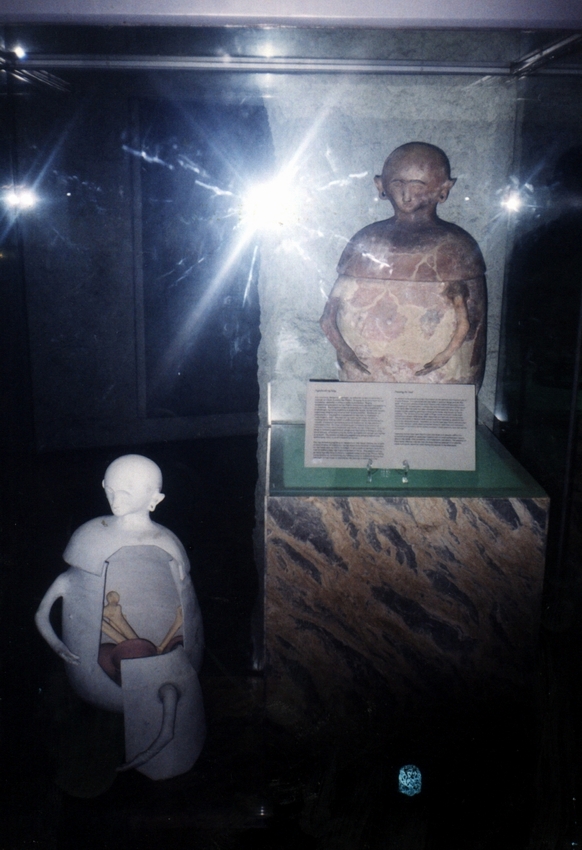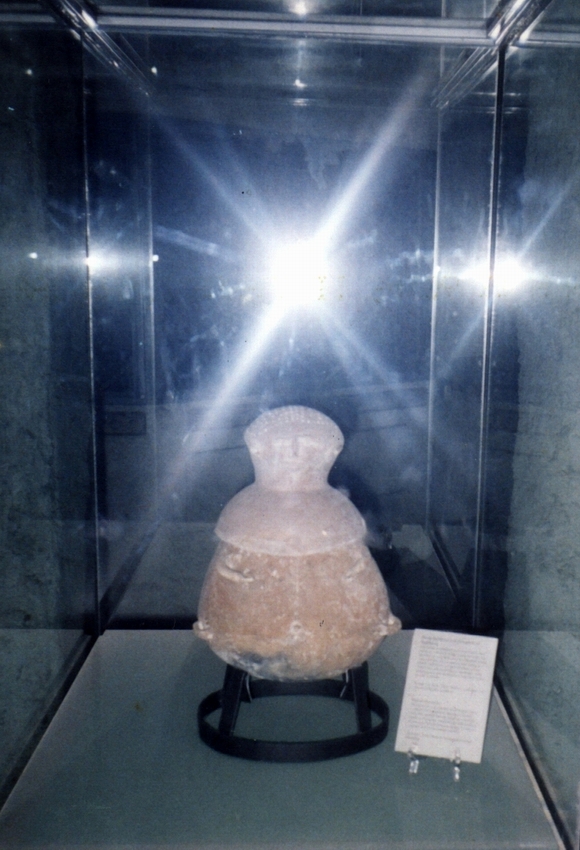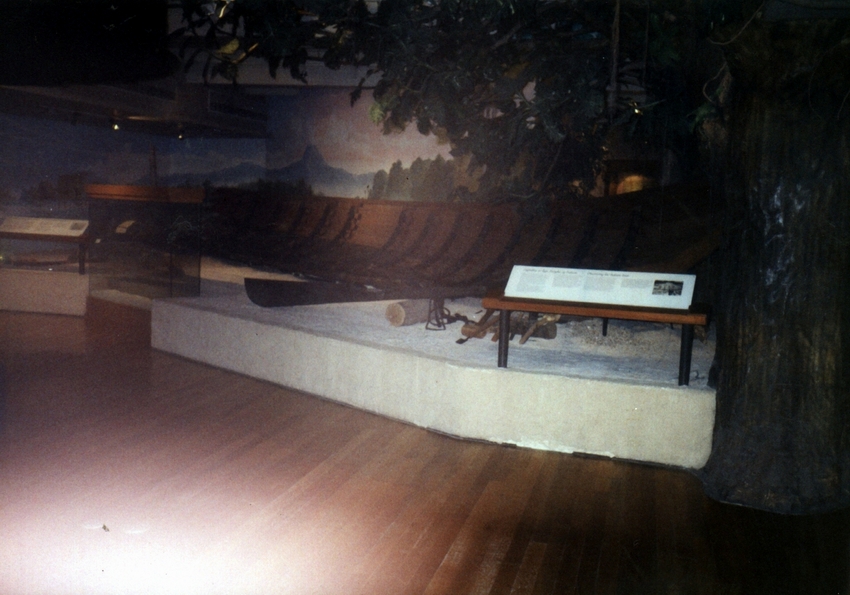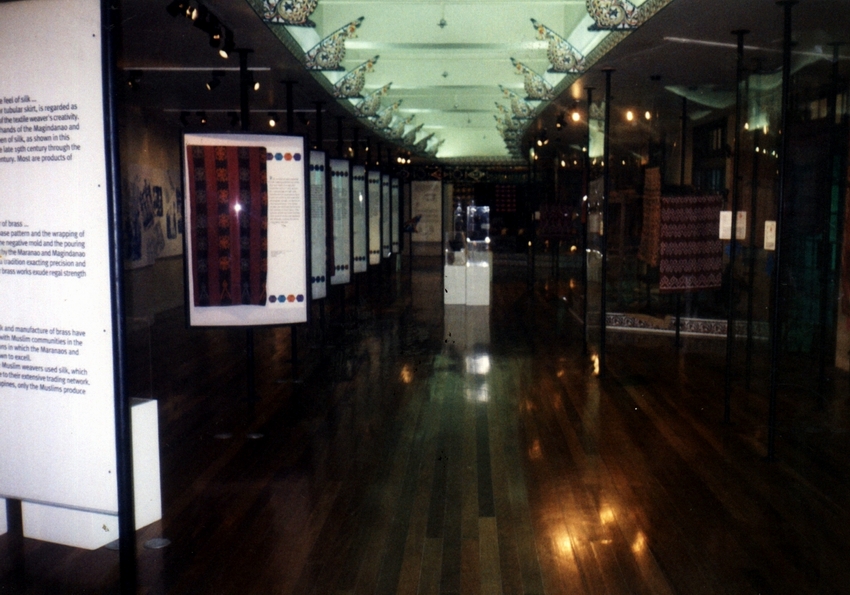 |
| Mt. Binintiang Malaki |
This Holy Week, I availed of a standing invitation from Ms. Lily Rodrigo-Canlas, president and C.E.O. of Jesu-Mariae School, my son’s school, to stay at the Jesu-Mariae Center in Tagaytay City. This retreat/seminar center could comfortably accommodate 80 people in dorm-style facilities. With this center as a jump-off point, I planned to revisit Taal Volcano via the Kayabok Trail on the other side of Volcano Island. Joining me were my son Jandy and daughter Cheska who’s been egging me to include her in my escapades. Joining us were 5 of Jandy’s teachers: Mr. Robert Castaneda, Ms. Veneriza “Vener” Trillo, Ms. Theresa “Thet” Quieta, Mr. Joel Fatlaunag and Mr. Erwin Vizcarra. All, except Robert, are jittery first-timers at the volcano.
 |
| Picnic Grove with Taal Volcano behind us |
We left Manila on the morning of March 27 and arrived at the center in time for preparation of a delicious barbecue lunch. After customary visits to the city’s Picnic Grove (where we went horseback riding) and People’s Park in the Sky (now in a sorry state of disrepair), we returned to the center for a delicious supper and retired early as we had to leave very early in the morning for the volcano trek.
 |
| Cheska horseback riding with Thet |
The next day, Holy Thursday, we all awoke by 5 AM, had breakfast, pack our provisions of bottled water, sandwiches and bananas (good trail food) and left the center by 6:30 AM. From Tagaytay City, we went down to Talisay (Batangas) via the treacherous concrete zigzag road called Ligaya Drive, down to Brgy. Caloocan. As soon as we arrived at the boat landing station, we were swamped by boatmen hoping for an early kill, this day being a holiday. Soon, they were trying to pluck our feathers by charging us a cutthroat rate of PhP3,200 just for the trip (with 6 passengers only). It was soon watered down and we settled at the still horrendous price of PhP2,400 to bring all 8 of us to our destination.
 |
| On our way, by boat, to Volcano Island |
We left the station by 7 AM on board a big motorized banca. The trip was smooth all the way as the waters were calm. As we went around the island, the 311-m. high (the island’s highest point) Mt. Binintiang Malaki (translated as “giant leg”), soon hove into view. This northwest cone, seemingly featured on most Taal Volcano postcards like an island (actually connected to the real Volcano Island), emerged overnight during the 1707 eruption but is now dormant. A dismal sight during the voyage was the presence of numerous fishpens which our boat had to negotiate to get to the other side.
 |
| Nearing the homestretch |
We landed on the island’s western shore at Brgy. Kayabok by 7:30 AM. All throughout the trip, the boatman kept egging me to get a guide (at extra cost of course) but we have decided even before the trip to do without one as the Kayabok Trail was definitely well-trodden. We also refused a lady islander’s rather steep offer to guide us for PhP500. Anyway, we had all the time in the world even if it meant getting lost in a small island. Our seemingly concerned boatmen seem to have other things in their minds. I wonder why.
 |
| The Crater Lake seen from a distance |
We began the trek on a happy note, following the well-trodden trail up a hill. The sun soon rose brightly on the sky and we began to feel the effects of the intense heat from the morning sun. As we soon reached the top of the hill, the trail began to fork, leaving us in a dilemma. All the while, we somehow had a feeling that we were being followed and, soon enough, our boatmen were hollering for us to come back. We ignored them. Later, we encountered our huffing and puffing boatmen along the trail. We were told that we took the wrong turn and they, in all kindness, offered to guide us in the right direction. Or were they? It soon dawned upon me that these boatmen were concerned, not with the guide fee (which I consistently refused), but with the fact that they may lose their first big meal ticket (or buena mano) of the day among the winding trails. We could just as easily have taken our boat ride back to Talisay from the other coastal villages. With this in mind, they never left us out of their sights after that.
 |
| Finally, at the Crater Lake |
Vegetation on the island is sparse, consisting mostly of short grass, tall, nettled spear grass (cogon) and thorny brambles. The treeless trail we trekked was all loose volcanic ash and the ground underfoot was also hot as volcanic rock retains heat both from the sun and the hot magma trapped deep within its bowels. This, coupled with the sweltering heat of the sun, soon made our tongues hang out. Our party was soon divided into two as our neophyte mountaineers Vener and Thet began to lag behind. Cheska, however, proved to be tough and resilient as she kept up with the guys.
 |
| The island within the Crater Lake |
We took solace under the small shade of occasional thorny aroma trees (most of the large trees have been blown away by previous eruptions) where we quenched our parched throats and munched bananas as we waited for the stragglers to arrive. Along the trail we passed by one of Taal’s 47 craters. This seemingly dormant crater had a flat, cogon-covered bottom. We also encountered makeshift refreshment stalls selling canned softdrinks (PhP30) and bottled water (PhP20). After a tiring uphill hike, the shimmering blue-green waters of the crater lake made its appearance like a mirage on the horizon. It was all downhill after that and, soon enough, we reached the crater lake’s rim. It was 9 AM and the hike took all of one and a half hours. It could have been longer. Our socks and shoes were soon off as we couldn’t wait to dip our tired feet in those inviting waters. However, the lake’s waters deepen just a few feet from the shore. About 30 m. offshore is the small, crescent-shaped island. The lake’s waters are actually dilute sulfuric acid with salts and other minerals such as sodium, boron, magnesium and aluminum added in. Acidity in the water, measured in pH (the lower the pH, the higher the acidity), is a “whopping” 2.7 (neutral pH is 7.0) with about 3% sulfur. Sulfurous waters have medicinal qualities and it did wonders for my mosquito-bitten legs. Our boatmen also took home 1.5-liter bottles filled with this salty and bitter water. Also as a result of the sulfur deposits, the stones at the lakeshore are coated yellow.
 |
| L-R, Vener, the author, Jandy, Thet, Robert, Erwin and Joel |
After lolling about the waters, taking our lunch of sandwiches and photo shoots for posterity, we left the lake and retraced our way back to our boat and left the island by 11:30 AM. Any notions of being in Tagaytay for an early lunch were dashed when our boat engine conked out (obviously out of gas) just a kilometer off the shore of Brgy. Caloocan. We had to wait for half a hour for a relief boat to ignominiously tow us back to shore. After paying our boatmen (they had the gall to ask for a “tip”), it was back to our car for the uphill drive back to Tagaytay and a well-deserved lunch. Back at the Jesu-Mariae Center, we collapsed, dead-tired, on our beds.

















